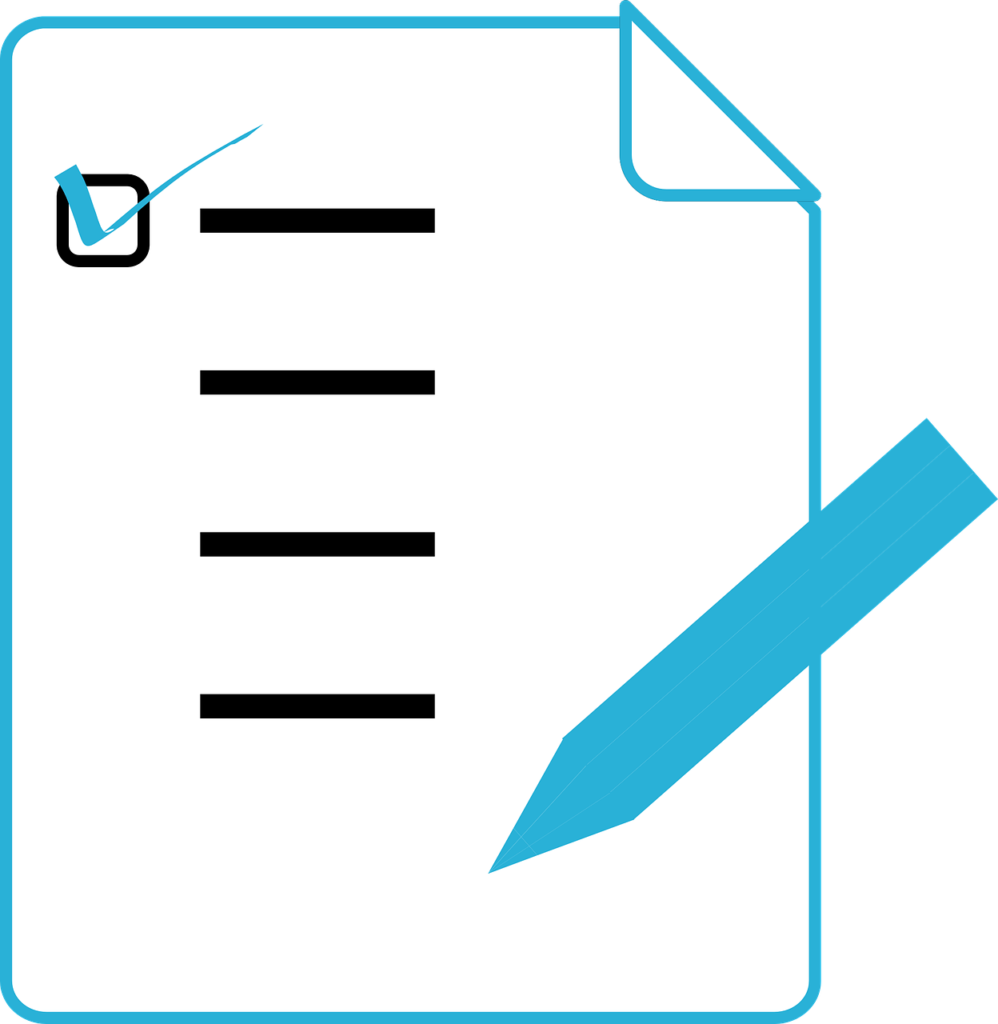“What gets measured gets managed”
This is a quote that is often used in business but applies almost more appropriately to fitness and nutrition programs. To ensure that a nutritional program is being applied properly, regardless if the goal is to lose fat, gain mass or even maintain, it’s useful to measure and track the nutritional intake. Another advantage to nutrition tracking in general is that it helps a person learn calorie counts. By tracking macros or calories, you become more aware of how many calories are in everything you eat and drink. Like that a typical 8-ounce margarita has 450 calories or that your favorite restaurant salad packs more calories than two Big Macs. While tracking is definitely not for everyone, many people find it to be a useful tool in getting a better picture of their nutritional intake.
The advantage to tracking macros versus simply tracking calories is that it gives a better picture of what your body is getting out of the items you are eating. A daily intake composed of 1500 calories from twinkies compared to 1500 calories from all red meat compared to 1500 calories from a mixed plate of chicken/vegetables/quinoa will all look exactly the same when tracking only calories but VERY different when examining macronutrients.
To track macros (nutrition) a free app called Cronometer is recommended by many nutritionists. This app has less user entered data and more verified entries than most other tracking apps. This makes accurate tracking of your daily intake quite simple for most people. An easy to follow quick start guide from cronometer can be found in the support section of the cronometer.com website:
The following two videos on the Cronometer YouTube page can also be helpful:
Cronometer lets you easily keep track of your diet, exercises and body weight. It offers exact serving sizes and a strong food database. The food diary is very simple and user-friendly. Below it, you’ll find a bar chart showing the breakdown of carbs, fat and protein for that day alongside total calories consumed. In addition, Cronometer is particularly useful for tracking micronutrients like vitamins and minerals.
Check out Cronometer HERE
Of course, before you begin tracking your macros you need to know what macronutrient targets your are working towards. For help in determining your target macros visit our nutrition services page here: Nutrition
P.S. A food scale is also an important an useful tool when tracking. I’ve linked my preferred food scale below. It’s my favorite out of the large number I have tried due to the slim size (fits easily in a drawer after use) and the many options for units. Grab one for yourself or as a gift for your accountability partner.
Note on My Fitness Pal – while once one of the most popular nutrition and fitness tracking apps, MFP is no longer recommended by most nutritionists due to the large amount of incorrect and unverified nutrition entries within the database. This incorrect information often leads to inaccurate calorie tracking and can impede a person’s progress regardless of their goals. It makes no sense to track if the information you are tracking with is inaccurate.
~ Some of the included links may be affiliate links which means I may earn a small commission at no extra cost to you.

